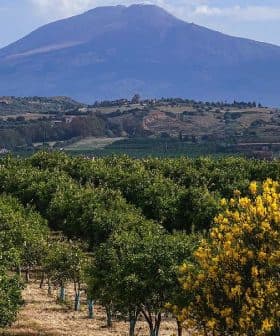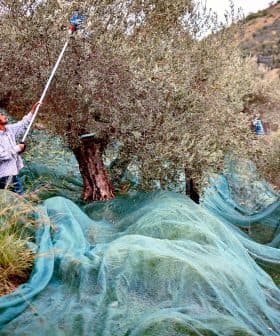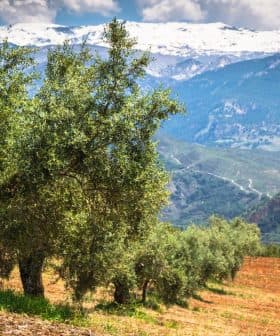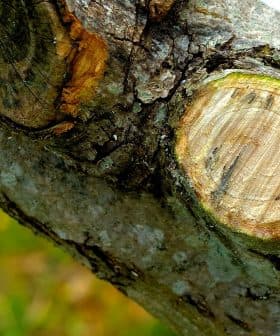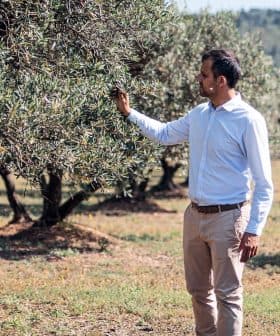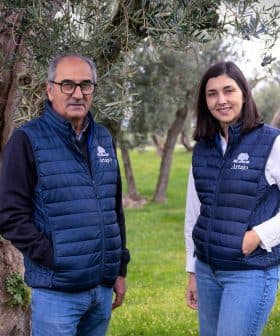In Portugal, Xylella Infection Spreads to More Species
A fast-spreading strain of Xylella fastidiosa in Portugal and Spain is causing alarm, with multiple host species showing symptoms and new red zones being established. The bacteria has been confirmed in various plants, including citrus, olive trees, vines, cherries, peaches, oaks, and ornamental plants, leading to the destruction of infected plants and restrictions on transportation and planting in affected areas to prevent further spread.
A strain of Xylella fastidiosa is spreading fast in Portugal, raising the alarm throughout the country and neighboring Spain.
Portuguese authorities have confirmed that the symptoms caused by the Xylella subspecies Multiplex have been detected in many host species, and new red zones are being established.
For the first time, the infected plants included several varieties of citrus. The updated list of infected plants released by Portuguese authorities includes olive trees, vines, cherries and peaches.
Besides those, oaks and several medicinal and ornamental plants have also been showing symptoms associated with Xylella infestation.
Seventy-seven infected species have been identified in the isolated region around Porto. In its Xylella journal, the Direction General for Nutrition and Animal Welfare (DGAV) listed thirteen areas where Xylella has been detected in the country.
While most infections are found in the country’s northern regions, they have also been spotted in central and southern Portugal.
In its last bulletin about the Xylella outbreak, DGAV noted that the presence of the bacteria was confirmed by laboratory analysis in several ashwood plants. Therefore, a new red zone was identified in the Penamacor province, in the central-eastern part of the country.
As requested by national regulations and the European Union directives aimed at curtailing Xylella fastidiosa, all infected plants have been destroyed. Treatments targeting insects considered infection vectors have also been applied.
Within the borders of the red zone, severe limits have been set on the transportation of vegetation, and it is forbidden to plant any species sensitive to the Xylella bacterium in the area.
Given the proximity of Penamacor and other regions where Xylella fastidiosa has been identified, many farmers in Spain are voicing their concern, asking for coordinated action between the two countries to halt the spreading of the pathogen.
In a note, growers in Valencian farming associations warned that the situation should not be underestimated. They expressed “extraordinary concern for the quantitative and qualitative leap forward of the Xylella spreading in our neighboring country. An infection poses an exponential risk for Spanish and European agriculture.”
While of American origin, in Europe, Xylella fastidiosa was first detected in Puglia, the southern Italian region, in 2013. From there, the subspecies Pauca, over time, has spread to millions of olive trees, contributing substantially to the deadly Olive Quick Decline Syndrome.
See Also:Xylella FastidiosaXylella was identified in Portugal in 2019, but its symptoms had already been spotted in several European locations.
All Mediterranean and olive-producing countries have created monitoring operations as requested by the E.U. regulations.
As reported by Agricoltura e Mar, given the epidemic’s devastating effect, the many different strains of the Xylella bacteria have been included on the list of invasive species maintained by the European and Mediterranean Plant Protection Organization.


